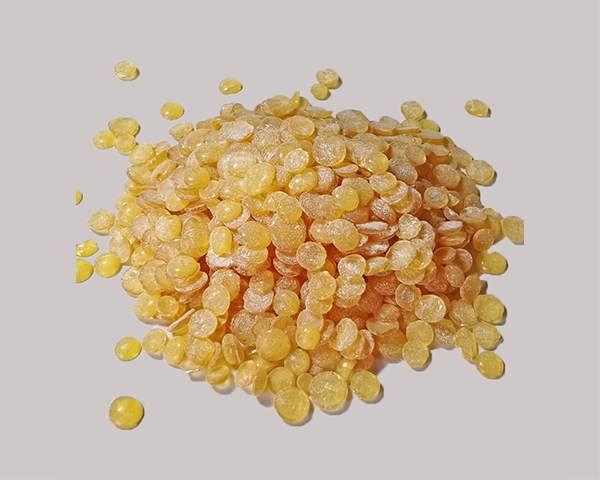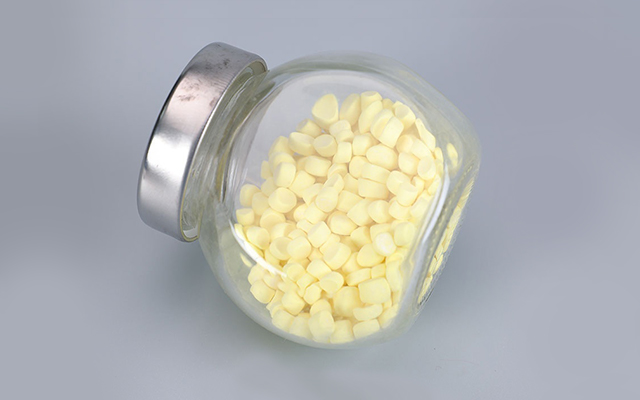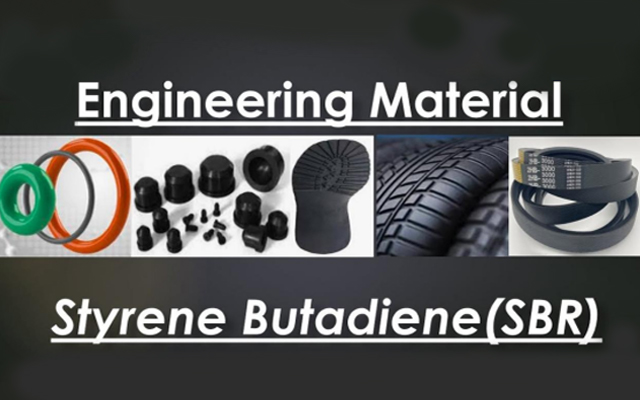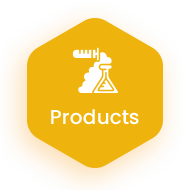Petroleum Resin C5
Petroleum Resin C5 is a type of hydrocarbon resin derived from the polymerization of C5 fraction, which is obtained during the cracking of crude oil. This resin falls under the category of thermoplastic resins and is known for its versatility and wide range of applications in various industries. A-100 is a transparent and light yellow granular thermoplastic resin. It exhibits excellent qualities such as solubility, compatibility, adhesiveness, and resistance to water, weather, and heat. Additionally, it remains chemically stable when exposed to acids and alkalis.

Functions and Characteristics
| ITEM | TEST METHOD | UNIT | A-100 |
| Softening Point | ASTM E28-58 | ºC | 95-110 |
| Color | ASTM D-1544 | # | 5 |
| Iodine Absorption Value | HG2231-91-A | gI/100g | 135-175 |
| Specific Gravity | ASTM D71-72A | g/cm3 | 0.93~0.98 |
| UV Absorbance | ASTM D3835 | K254 | 2.40-3.97 |
| Ash Content | ETM-E-99 | % | 0.1Max |
| Application | Hot melt adhesives, Pressure sensitive adhesives, Sealant, Sealing Tape, Adhesive tape, Electrical tape and other adhesive glue. | ||
- Softening Point (95-110 ºC): The specified softening point range indicates the temperature at which the resin becomes pliable. In hot melt adhesive applications, this property is crucial for determining the material’s melting and bonding characteristics.
- Color (#5 – Light Yellow): A-100 exhibits a light yellow color, contributing to its transparency. This color characteristic is essential in applications where visual aesthetics play a role, such as in adhesives, sealants, and tapes.
- Iodine Absorption Value (135-175 gI/100g): This parameter measures the resin’s ability to absorb iodine, providing insight into its molecular structure and unsaturation levels. A higher absorption value often indicates a resin with good reactivity and compatibility.
- Specific Gravity (0.93~0.98 g/cm³): The specific gravity denotes the density of the resin, affecting its volume and overall mass. This property influences the formulation and application characteristics of the resin in adhesive products.
- UV Absorbance (K254 – 2.40-3.97): The UV absorbance reflects the resin’s sensitivity to ultraviolet light. This property is significant in applications where exposure to sunlight or UV radiation is a concern, such as outdoor sealants or tapes.
- Ash Content (0.1% Max): The low ash content indicates minimal residue upon combustion, ensuring the purity of the resin. Low ash content is desirable in adhesive formulations to prevent impurities that could affect performance.
- Application in Adhesives and Sealants: A-100 is widely used in hot melt adhesives, pressure-sensitive adhesives, sealants, and various adhesive tapes, showcasing its versatility in bonding applications.
- Chemical Stability: The resin is chemically stable when exposed to acids and alkalis, ensuring its integrity and performance in diverse environmental conditions.
Major Applications
Paints and Coatings:
In the paint and coatings industry, C5 resins function as binders and modifiers, improving the film-forming properties, adhesion, and durability of coatings.

Rubber Compounding:
C5 resins serve as reinforcing agents and tackifiers in the production of rubber compounds, contributing to improved tack, adhesion, and processing characteristics.

-
Package
25KG Plastic woven bag, Paper with plastic film bag
-
Storage
The product should be store in the cooling place, avoiding direct sunlight. The validity is 1 years.
In Needs of Rubber Vulcanization Accelerators Solution?


